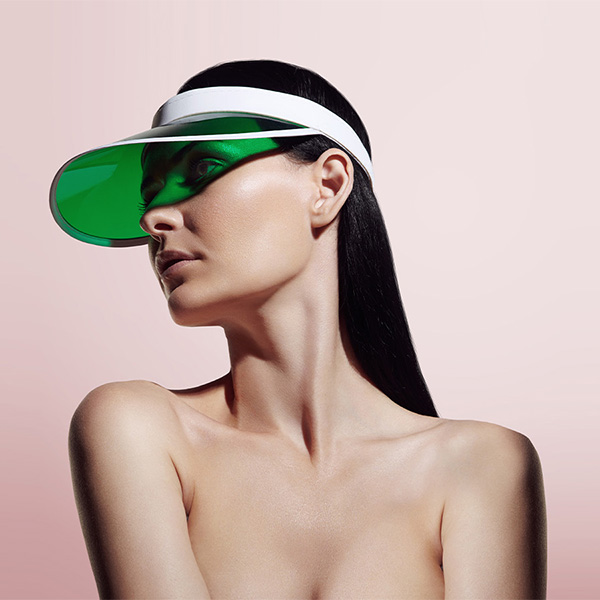Possible methods of photoaging correction
How to deal with the negative consequences of UV radiation?

Only lazy people don't write about the harm of ultraviolet light, but the number of people who want to find a bronze tan under ultraviolet rays is practically not decreasing... In this regard, the flow of customers with signs of typical photodamage increases during the holidays and after them. Let's understand the methods of photo aging correction.
Photoaging is a whole complex of biological processes covering all layers of the skin, with maximum damage to the middle layer - the dermis. The foundations of photoaging are laid at a young age. Big or small, all doses of UV exposure received during a lifetime add up ("cumulative effect"). Clinical manifestations can occur at any age and depend on the total radiation dose received. Photoaging is caused by 90% of all skin changes in areas exposed to UV rays.
Signs of photoaging are the thickening of the stratum corneum (hyperkeratosis), the appearance of pigment spots (lentigo) and vascular stars (spider veins, meshes), accumulation of atypical elastin fibers in the dermis (elastosis), and collagen degradation. A vivid illustration of photoaging is the faces of Sicilian peasants or South American Indians covered with deep wrinkles.
Small doses of UV radiation are necessary for human life. Their exceptional role in the synthesis of vitamin D and calcium metabolism has been proven. In the winter months, with a lack of UV radiation, some skin diseases may worsen, a depressed mental state may develop - depression, as the psycho-emotional state largely depends on UV rays. Excessive UV radiation has a harmful effect on the skin, which can be divided into acute and chronic.
Thickening of the skin is not only the result of damage, but also a protective reaction that appears hours or days after exposure to UV rays and persists for months. Increased division of basal cells and increased adhesion of corneocytes leads to a thickening of the stratum corneum of the epidermis, which is the first obstacle in the way of UV rays and protects the cells below from damage.
Full version of the access article in Ukrainian
This article is part of the special project "Prevention of photoaging"
You can read all the articles on this topic:
Read also
- Rehabilitation of the skin after insolation and prevention of photoaging
- EM doctor's autumn concerns: photoaging
- Chrono- and photoaging: a comprehensive approach to solving the problem
- Antioxidants in cosmetic products as prevention of photoaging
- How to choose the best protection against pigmentation?
- Photoaging: clinic, pathogenesis, prevention
- Wrinkles

